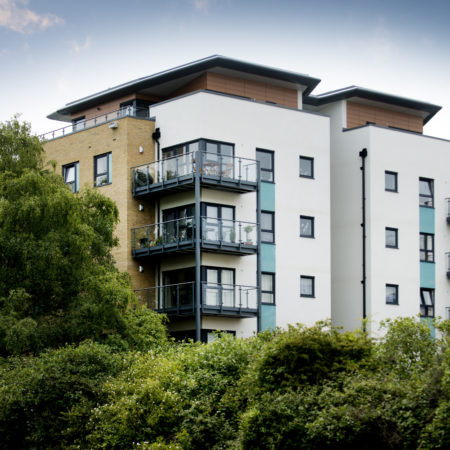Why Carbon Neutral And Net Zero Carbon Aren’t The Same Thing
The drive to achieve zero carbon housing is arguably the most challenging objective facing local authorities and housing associations in the coming decades. The challenge starts with being clear about what net carbon zero means in practice and why it is more significant than carbon neutrality.
In the short-term, carbon neutrality can be achieved while changing very little. The practice of carbon offsetting is commonly used by organisations with significant carbon footprints to, in effect, reduce their shoe size. They offset the carbon emissions they produce by funding initiatives to reduce carbon emissions elsewhere.
Carbon offsetting initiatives include paying for tree-planting and providing more efficient, lower carbon stoves for developing countries. These can be supplemented by relatively easy carbon reduction fixes such as modern heating systems, LED lighting and upgraded loft insulation.
Local authorities that have declared a climate emergency know that neutrality doesn’t go far enough. Decarbonising housing stock is fundamentally different and much more challenging. It means housing that can generate all of the energy it needs to consume through renewable sources.
Zero Carbon Housing – The Practicalities
In practice, this means individual homes with ultra-low energy requirements, achieved through upgraded thermal insulation and improved airtightness. It also means homes powered by electricity generated or supplied from renewable resources and no natural gas for heating or cooking.
There’s a debate about whether full zero carbon accountability should consider the embodied carbon generated during construction and through the extraction, processing and transport of materials. This is more a concern for new housing stock. For existing homes, there’s already plenty to consider in zero carbon housing retrofit programmes. This will involve extensive activities that feature upgraded insulation, sustainable heating systems and renewable energy technology such as PV panels.
Unlike new build homes, there isn’t the luxury of being able to orientate windows to maximise solar gain in the winter and minimise it during the summer. Nor can you specify highly energy-efficient building materials or methods. It’s a question of improving what’s already there, which is what makes zero carbon retrofitting of social housing such a complex and multifaceted issue.
Radical and extensive retrofit programmes will be needed on a massive scale to upgrade the UK’s social housing stock. This inevitably means that solutions will be found through partnerships. These are already starting to bring together expertise in sustainable heating installation, insulation technology, renewable energy, property services and energy efficiency audits.
You can read more about the practicalities of zero carbon housing retrofits and how Osborne is responding to the challenge by visiting our zero carbon housing retrofit resource centre.
Access our free resource centre to find out more

